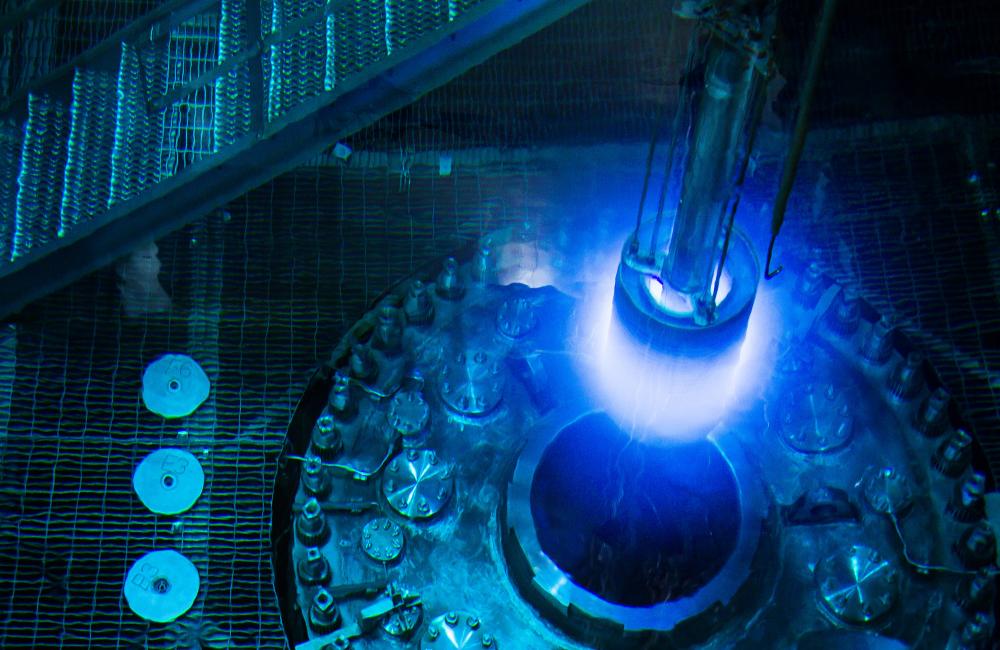ORNL is proud of its role in fostering the next generation of scientists and engineers. We bring in talented young researchers, team them with accomplished staff members, and put them to work at the lab’s one-of-a-kind facilities. The result is research that makes us proud and prepares them for distinguished careers.
We asked some of these young researchers why they chose a career in science, what they are working on at ORNL and where they would like to go with their careers.
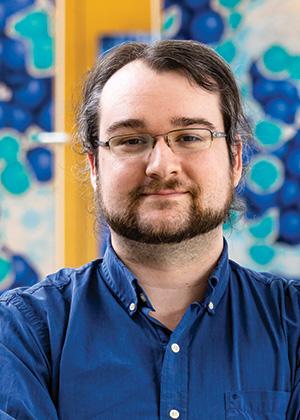
Paul Cuillier
Graduate student, Neutron Scattering Division
Ph.D. student, Materials Science and Engineering, the Ohio State University
Hometown: Tucson, Arizona
What are you working on at ORNL?
I am using neutron total scattering measurements to train machine learning interatomic potentials for solid-state battery materials. We can apply these models to help interpret experimental results, simulate data to guide future studies, and conduct in silico experiments to accelerate materials design.
What would you like to do in your career?
I want to continue working at the interface between experimental and computational research, ideally in a setting like a national user facility where I can support a variety of research efforts.
Why did you choose a career in science?
I like solving puzzles that require working within constraints or combining concepts in new ways. A career in science is a great opportunity to do this daily while contributing to a better world.
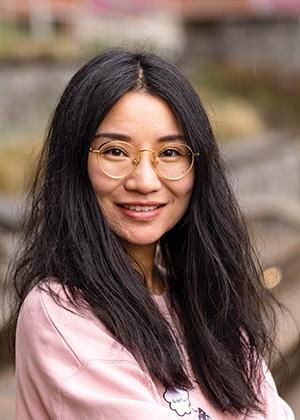
Si Athena Chen
Postdoc, Chemical Sciences Division
Ph.D., Geosciences and Biogeochemistry, Pennsylvania State University
Hometown: Huanggang, Hubei Province, China
What are you working on at ORNL?
My research focuses on understanding the role of impurity ions on the crystallization of minerals using in situ X-ray/neutron scattering and high-resolution chemical imaging techniques. My interests include understanding crystal nucleation and growth, functional material synthesis and engineering, and crystal structure modeling.
What would you like to do in your career?
I find pleasure in working within a friendly and collaborative atmosphere, and I gained lots of knowledge in my first year as a postdoc. My desired career path involves working as a research scientist or beamline scientist at national laboratories.
Why did you choose a career in science?
There are moments when I believe that excelling in science also translates to success in other areas. My scientific background has endowed me with the skills to learn quickly, the courage to explore new life experiences, and the perseverance to achieve excellence. Engaging in science has a positive impact on my life.
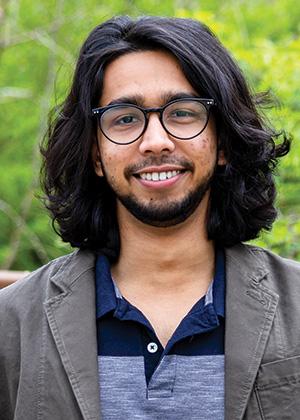
Indranil Roy
Postdoc, Material Science and Technology Division
Ph.D., Mechanical Engineering, Lehigh University
Hometown: Bardhaman, India
What are you working on at ORNL?
My research uses computation to model the solidification of materials for complex processes such as additive manufacturing. This work provides a better understanding of a material’s microstructural evolution, which will guide us for better alloy design and processing of robust materials.
What would you like to do in your career?
I would like to become a scientist working on real-life scientific challenges. ORNL has the resources I need to create scientific impact, and the people here are experts. Through teamwork, we can solve problems together.
Why did you choose a career in science?
I have always been intrigued by the process of solving challenging problems through critical thinking and with rigorous analysis. My training and prior experience in science and engineering give me immense satisfaction in solving real-life problems.
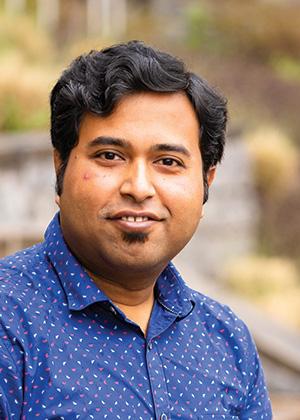
Subhamay Pramanik
Postdoc, Chemical Sciences Division
Ph.D., Chemistry, Guru Nanak Dev University, India
Hometown: Malda, West Bengal, India
What are you working on at ORNL?
My research involves the preparation of novel organic compounds and redox-active multidentate ligands for selective separation of rare earth elements using spectroscopic and analytical techniques. My work will help in discovering new strategies and methods for environmentally friendly and efficient extraction of lanthanides from their ores.
What would you like to do in your career?
I would love to resolve massive separation challenges of lanthanides and actinides since they have a huge role in the U.S. economic, energy and national security spheres. I want to use my synthetic organic chemistry expertise to develop materials and technologies to address these real-world challenges.
Why did you choose a career in science?
From my childhood, I wanted to become a scientist, which led to me becoming a chemist. I always enjoyed science classes with lots of different colors and natural products. Learning new ideas and brainstorming to solve problems always intrigued me.
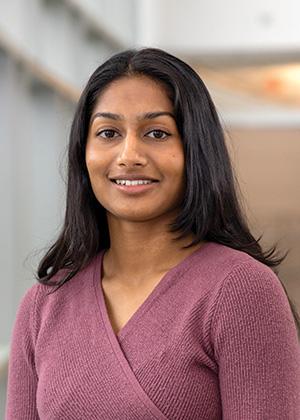
Sreya Paladugu
Graduate student, Neutron Scattering Division
Ph.D. student, Materials Science and Engineering, University of Tennessee, Knoxville
Hometown: Fair Lawn, New Jersey
What are you working on at ORNL?
Through my fellowship at ORNL, I am studying hazardous-gas interactions with nanocatalysts using a new gas handling system at the Nanoscale Ordered Materials Diffractometer beamline at the Spallation Neutron Source. The end goal of this project is to extract design strategies for more robust, efficient and industrially relevant catalysts.
What would you like to do in your career?
Nanomaterials have enormous potential for creating innovative solutions. I hope to continue pursuing research in this area and find new ways to apply my experience in structure-property relationships in nanomaterials to advance our understanding of nanomaterials and their applications and make a positive impact on society.
Why did you choose a career in science?
I chose to pursue a career in materials science and engineering because I am fascinated by the unique properties that materials exhibit at the nanoscale and how these properties can be tuned for a diverse range of applications such as drug delivery, batteries and catalysis.
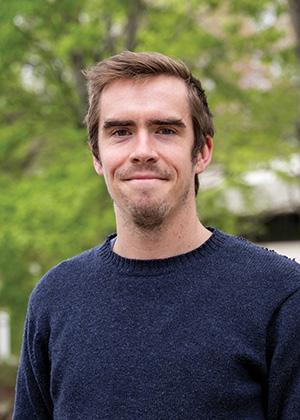
Mark Robertson
Graduate student, Neutron Scattering Division
Ph.D. student, Polymer Science and Engineering, University of Southern Mississippi
Hometown: Pensacola, Florida
What are you working on at ORNL?
My research uses neutron scattering to study how poly- and perfluoroalkyl substances, or PFAS, an emergent class of environmental contaminants, interact with porous materials at a molecular level. The goal of the research is to enable efficient removal of PFAS from the environment by understanding their fundamental assembly behaviors.
What would you like to do in your career?
After completing my Ph.D., I would like to continue performing research in an academic setting. More specifically, I’m interested in becoming a research professor where I can work directly with the next generation of scientists to promote environmental sustainability.
Why did you choose a career in science?
I enjoy continuously learning about the world around me, which led me toward a career in science. Science provides me the daily opportunity to think critically about puzzles in my research, while also acting as a leader for younger scientists, which I find very rewarding.


